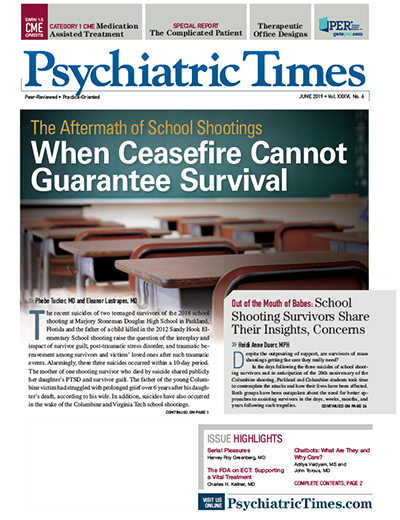Strategies to Facilitate a Positive Clinical Encounter
The counseling environment is regarded within clinical literature as having an effect on a patient’s sense of well-being.
TABLE 1. Waiting area design strategies

TABLE 2. Therapeutic office interior layout design strategies summary
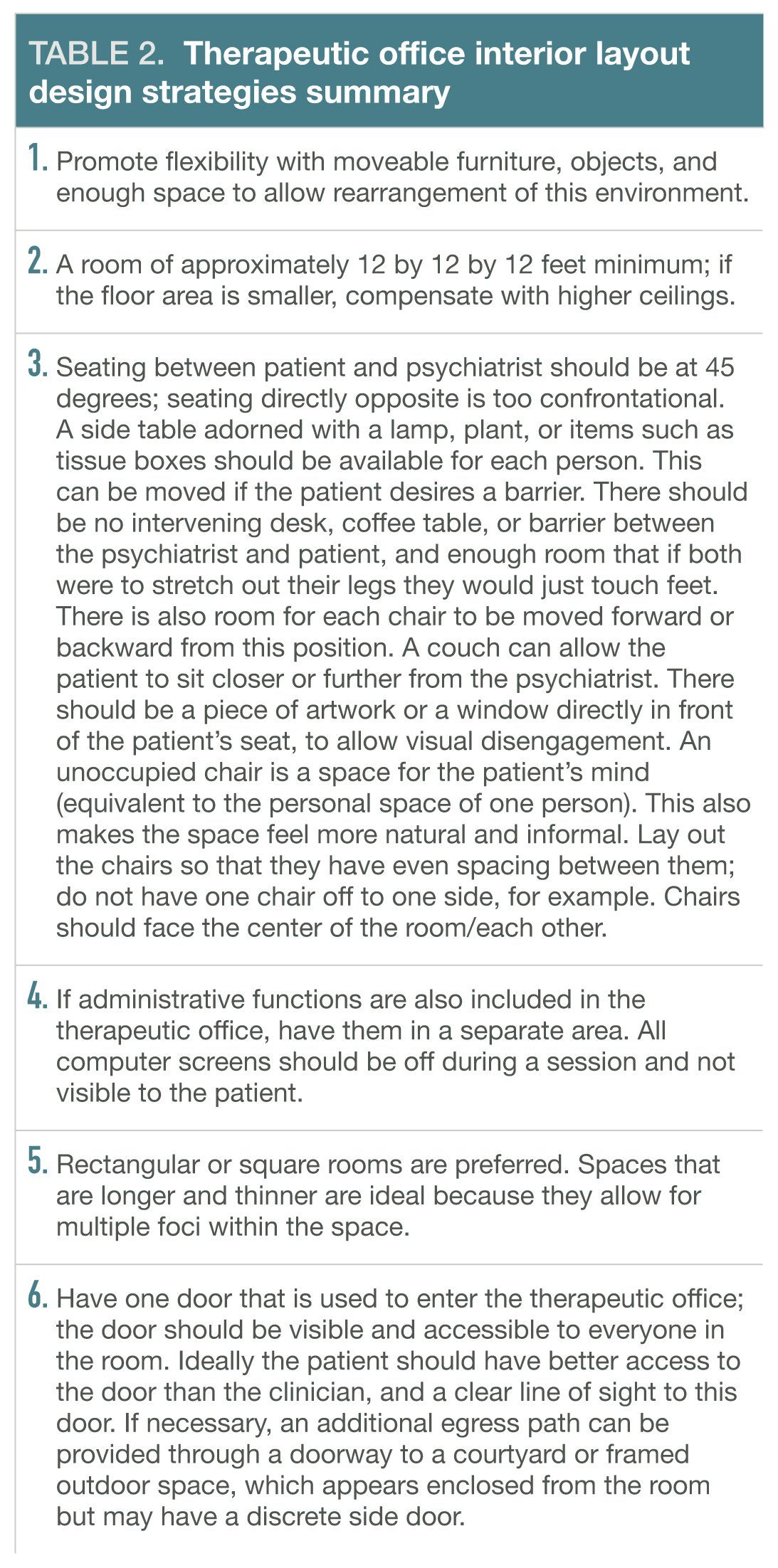
FIGURE 1. Flexibility affording agency development

“When circumstances necessitate a change in offices, in the case of a patient who has been visiting for some little time, it takes the patient and therapist part or all of an interview to settle down..."

Therapeutic Office Designs Support Positive Doctor-Patient Alliances
There is a considerable body of literature confirming the relationship between mental well-being and good design practice. Evaluations of specific design interventions have shown that good design of a hospital’s environment leads to better clinical outcomes and less stress for patients and staff.1 Research also links environmental aspects, such as landscaping or natural elements, to the reduction of stress and the promotion of recovery from illness.2 The therapeutic office space can influence the relationship between psychiatrist and patient, as well as therapeutic outcomes.3
The counseling environment is regarded within clinical literature as having an effect on a patient’s sense of well-being.4 Patients’ experiences of such spaces can have a highly emotional dimension, which suggests that environment design should be investigated as a potential means to influence therapeutic efficacy.
Individuals have different abilities to censor or suppress their environments, and a patient has reduced capacity to exclude environmental distractions when stressed or anxious. This suggests that the environment of a therapeutic office may have more of an impact on these individuals who often arrive for an appointment in a distressed state. Findings also indicate that layout has strong psychological dimensions for patients in therapy and may form a pathway to addressing issues of the self.5 This suggests that the therapeutic office may be influential in patient anxiety levels and therapeutic efficacy.
Self-disclosure can be difficult for a patient and is less likely to happen when the patient is in an anxious or worried state.6 Linking the design of therapeutic offices to communication and patient self-disclosure is a major area of research. Not only does the physical environment affect patients, non-verbal communication variables have also been analyzed in therapeutic settings, including distance, body position, and body motion. Atmosphere, too, is implicated in therapeutic offices: Is the atmosphere conducive to thinking and reflection? Is the encouragement of conversation and discussion desirable? This implies that various design aspects are influential in patient self-disclosure, and in turn have an effect on therapeutic outcomes.
Supportive design strategies
Waiting area design strategies. Waiting area design strategies (see Table 1 for a summary) are predominantly concerned with physical and psychological privacy. This is a primary concern for patients and has an impact on their mental states before the therapeutic encounter as well as the extent to which they are able to engage in the therapy sessions.
Physical privacy relates to the visual and auditory environment. Psychological privacy relates to how safe or unsafe a patient feels when he or she may be seen and/or heard by others or hearing and seeing others. Patients can be overwhelmed with the magnitude of their own thoughts and feelings as well as those of others sharing the space and intruding in their own psychological space.
Therapeutic office interior layout design strategies. Therapeutic office interior layout design strategies (Table 2) relate to how the physical design of the space promotes patient self-disclosure, communication, empowerment, and psychological safety. Spatial arrangement affects self-disclosure, which directly underpins the therapeutic experience and outcomes. Empowerment relates to how the space might be flexible and how space can be adjusted to meet the needs of individual patients and allow them to enact and develop a sense of agency within physical space (Figure 1). Environments that are flexible and can be rearranged may be useful to promote self-disclosure and communication.
FIGURE 3. Egress/thresholds severing connection between the therapeutic space and psychological privacy
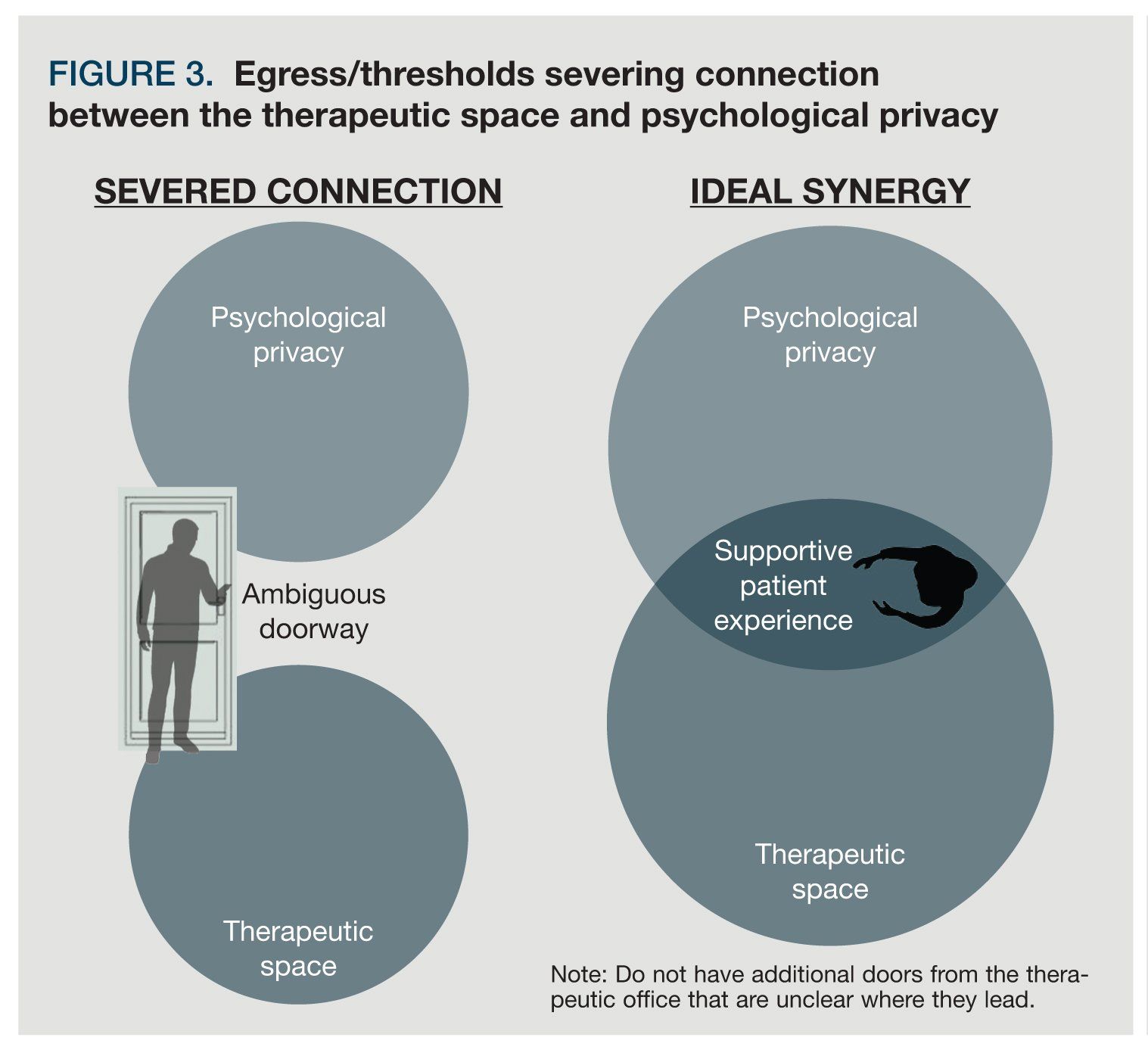
FIGURE 2. Provision of physical space to accommodate psychological space
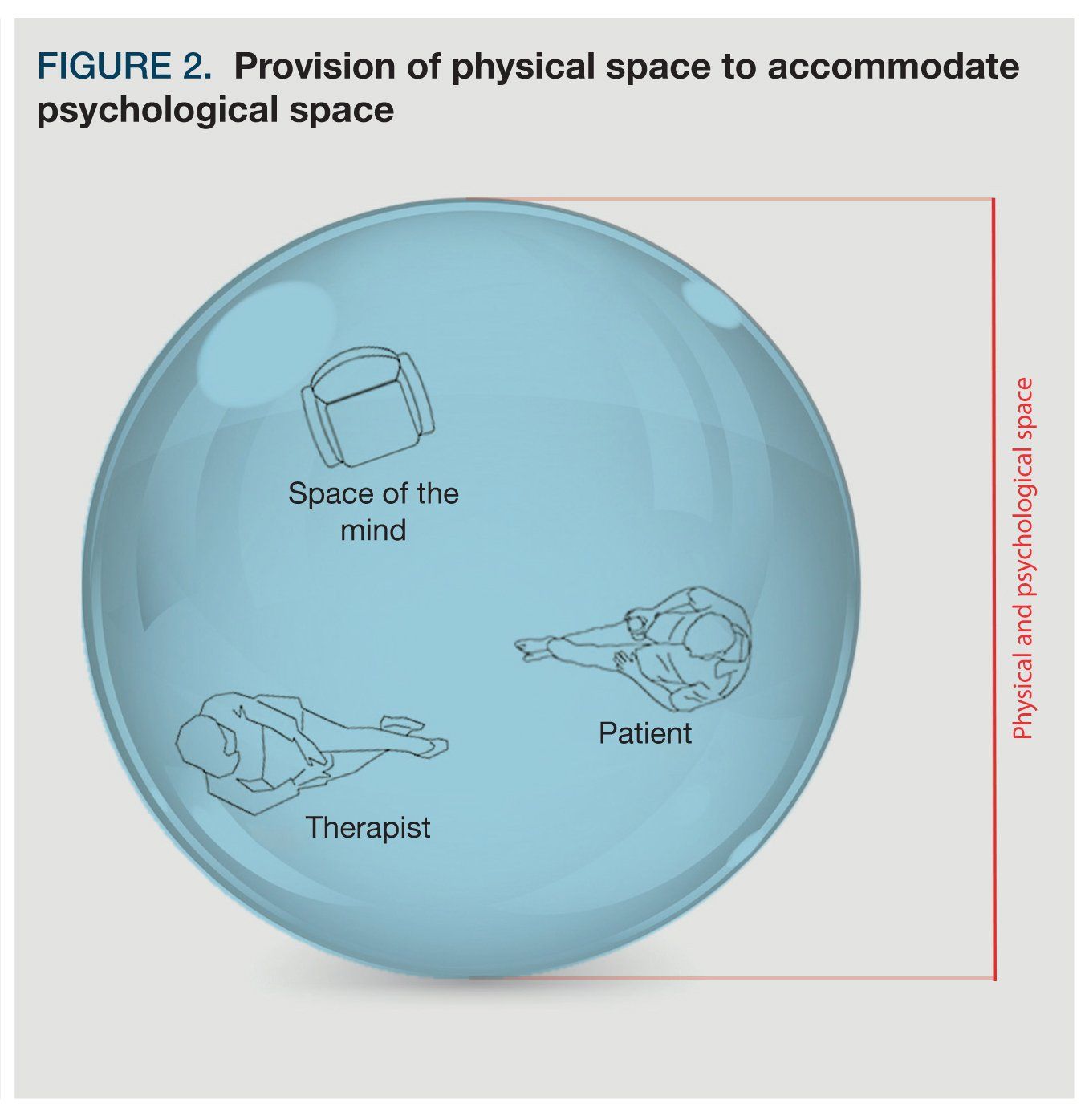
Suitable room dimensions allow a provision of physical space for psychological space, ie, mental breathing room. Having physical space for mental processing is important to patients and allows them to better explore their thoughts. A smaller floor area (less than 12 feet by 12 feet) can be mitigated when paired with an increase in ceiling height, achieving this mental space physically.
The layout may also include a provision of “space of the mind,” which can be afforded by an additional chair in the room, equal to the physical space of one person. This is a chair to be occupied by the mind of the patient and never to be occupied by a physical person. By symbolically allowing physical space for their mind to be present in the room, patients are provided with more “breathing space” and “thinking space” and can more readily communicate and unpack their issues, and engage in therapy (Figure 2).
The interplay of power relations in the therapeutic office is also significant. Chairs should be evenly spaced and face the center of the room or each other to mitigate power imbalances, hierarchies, or “otherness.” There should also be no intervening desk between psychiatrist and patient. These recommendations establish a greater sense of equality and may, as suggested by patients, promote a higher therapeutic engagement by the patient and a better patient-psychiatrist alliance.
The layout of the therapeutic office can emphasize the significance, or lack thereof, of the therapeutic activity. To foster a positive emphasis on its significance, the administration area of the therapeutic office should be physically separate from the counseling area. This does not need to be through a physical barrier, such as a wall, but a clear delineation of the functions is important. During a counseling session, this separation signals to patients that the focus is on them and their therapy and that their mental well-being is a priority. It also communicates that the counseling area is a different kind of work space, and that work (of a therapeutic kind) is to be done. This activity is significant and not just an accessory activity that occurs amid administrative duties. Computer screens should not be visible to the patient-this is distracting and hinders the focus on the patient and the activity of the therapy session.
Egress and thresholds are significant in relation to spatial layouts, which patients linked with dimensions of metaphoric inferences and psychological privacy. There should be one door for both the patient and psychiatrist. When there is a separate door or easier access for the psychiatrist, it grants more power to the clinician. In essence, it tells the patient, “You are dangerous, you are bad, I will need to use this exit door when you act out.” Patients have also interpreted an articulation of space and egress as an encouragement to act out, as though it is an expected behavior.
To foster psychological privacy, additional doors into the therapeutic office should be avoided. The presence of such doors leads the patient to question who might enter through the door, whether an unknown person might come in at any moment and intrude upon (physically and psychologically) the private space. This results in an unwillingness to open up and engage in the therapy session, as the patient’s privacy does not feel protected, physically or psychologically (Figure 3).
TABLE 3. Therapeutic office interior furniture and fitout design dimensions summary
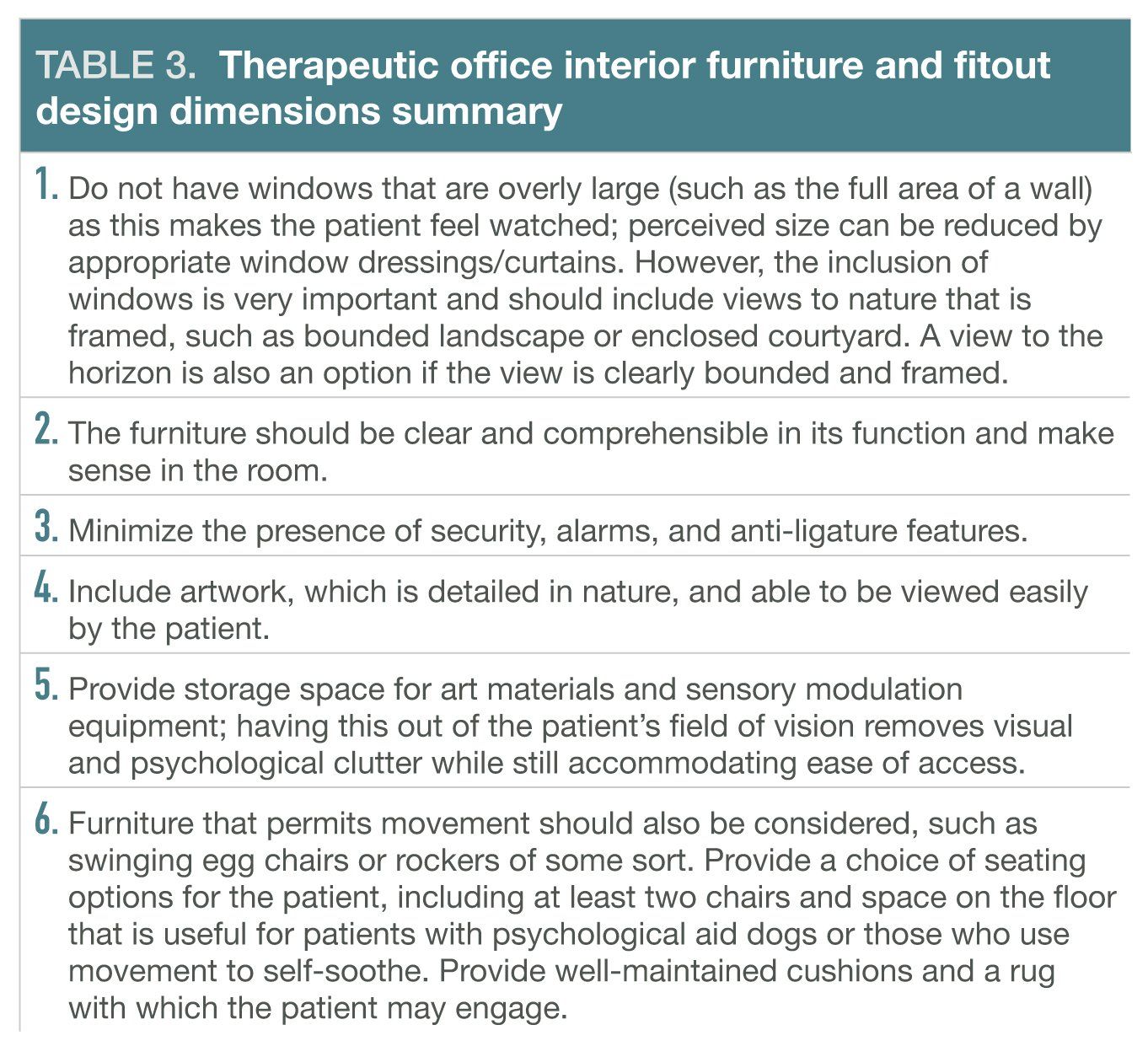
FIGURE 4. Natural mind-space

Therapeutic office interior finishing, furniture, and materials and accessories design strategies. Therapeutic office interior finishing, furniture, and fitout design dimensions (Table 3) relate to the relationships of furniture, and materials and other fixed and non-fixed physical features, with psychological space, comprehensibility, various notions related to metaphoric inferences, and psychosensory dimensions.
Manipulation of window design is related to various dimensions of psychological space. A view through a window to a natural landscape adjacent to the therapeutic office was found to be very significant for patients.
Having that view out to a landscape, it’s been important through my whole stages of treatment . . . I didn’t realize until I didn’t have that safe view from a window, and I think that is probably part of the reason I didn’t continue in some ways, because as I said it was so confrontational, I had nowhere to look, I felt totally judged, and I just didn’t feel safe (Patient, personal communication, 2015).
It seems that this landscape is not important to occupy physically, and that visual access provides the sense of escapism or mental respite which is desired:
In the counseling I would need a window to feel safe, to “Oh, there’s a world out there!” You know? There’s a world out there and I might not feel safe in the physical area I am in, but it’s OK. It gives me a psychological connection to a bigger space, to a world outside what I am dealing with (Patient, personal communication, 2015).
However, it seems that a large expansive view to a landscape lacking borders or delineation is perceived as threatening, rather than supportive. The notion of a framed landscape as providing greater sense of freedom and comfort simultaneously is discussed by patients, who explain how connection to nature in a contained way allows them to maintain a sense of protection and control through the borders or framing of the natural space. Patients explain how visual access to nature creates a sense of safety, specifically in relation to a particular dual manifestation of containment and mental escape.
A bounded landscape, accessed visually and occupied only by the mind, is calming, whereas an unbounded landscape is threatening. We might consider this a “natural mind-space”; a space with natural content that is only occupied psychologically, not physically. Visual experiences are more than simple views but have effects upon psychological states, willingness to engage in therapeutic activities, and implications for psychological comfort, privacy, and safety (Figure 4).
Supportive comprehensibility can be achieved by selecting furniture that is clear in its use and function. This reduces patients’ self-reported anxiety, self-consciousness, and potential confusion in the therapeutic space. Patients also report feeling stigmatized due to the inclusion of security and anti-ligature features. The presence of such features reduces their self-reported willingness to communicate and self-disclose due to feeling judged, stigmatized, and psychologically unsafe; thus, these should be minimized where possible.
Mental escape and respite can be facilitated with careful selection of artwork. Include artwork that is:
1 Detailed in nature
2 Muted or complementary color tones
3 Preferably with a degree of abstraction
4 Able to be viewed easily by the patient
Artwork can provide visual escape for moments when this is needed, thus fostering a reprieve from the intensity of the therapy session. This allows patients to feel psychologically safe and comfortable in the space, as there are visual opportunities for them to disengage if the intensity and focus of the therapy become overwhelming.
Conclusions
Research-derived design strategies can be utilized by practicing psychiatrists to facilitate a positive clinical encounter through the supportive design of waiting areas and treatment rooms. Future research on design strategies will expand the possibilities for psychiatrists, architects, and designers to draw from.
Additional Reading
+ Liddicoat S. Perceptions of spatiality: supramodal meanings and metaphors in therapeutic environments. Interiority. 2018;1:91-111.
Disclosures:
Dr Liddicoat is Research Fellow, Faculty of Architecture Building and Planning, University of Melbourne. Her research interests are at the nexus of architecture and health and include how the built environment can support well-being within hospital settings, and the role of design practice in mental health service environments. Dr Liddicoat reports no conflicts of interest concerning the subject matter of this article.
References:
1. Ulrich RS, Zimring C, Zhu X, et al. A review of the research literature on evidence-based healthcare design (Part I). Health Environ Res Des. 2008;1 61-125.
2. Laumann K, Garling T, Morten Stormark K. Rating scale measures of restorative components of environments. J Environ Psychol. 2001;21:31-44.
3. Iwai SI, Churchill WD, Cummings LT. The physical characteristics of college and university counselling services. J Coll Stud Person. 1983;24:55-60.
4. Gross R, Sasson Y, Zarhy M, Zoha, J. Healing environment in psychiatric hospital design. Gen Hosp Psychiatry. 1998;20:108-114.
5. Liddicoat S. Exploring relations between body, communication and agency in therapeutic space. Crawford RH, Stephan A, Eds. Living and Learning: Research for a Better Built Environment: 49th International Conference of the Architectural Science Association 2015. Melbourne: The Architectural Science Association; 2015: 123-132.
6. Ignatius E, Kokkonen M. Factors contributing to verbal self-disclosure. Nordic Psychol. 2007;59:362-91.
